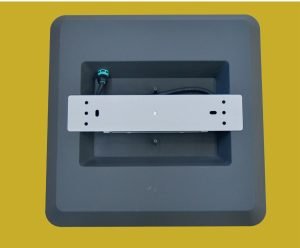Contact us
On this page you will find several ways to get in touch with us. In addition to the more conventional ones, we also recommend our forms, for a more targeted goal.

Our office address:
Moniga del Garda (BS) – Via Roma n. 8 – Italy
times : from Monday to Friday, from 08.30 to 12.00 and from 13.30 to 17.30

mailto: info@luxled.it

phone number (also works as business whatsapp)
+39 375 8269681
choose an area
To enable us to respond correctly to your requests, choose one of the following areas, click on it and fill the form.









